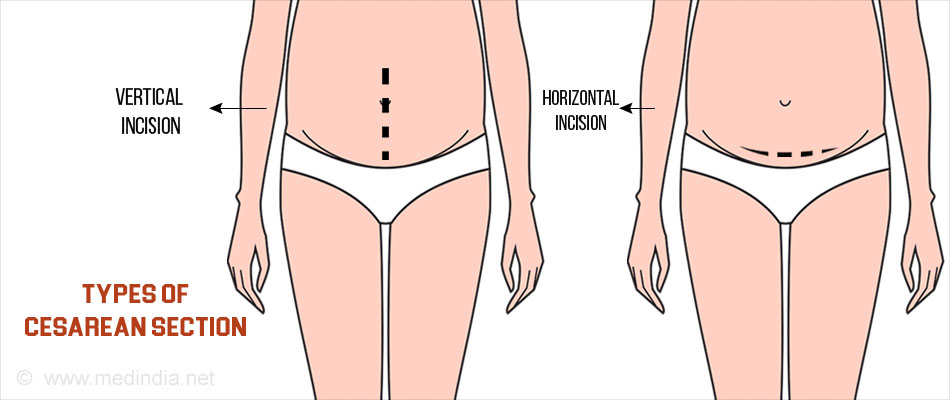C sections are now considered routine processes, with a low potential for mortality for mother and kid. Doctors used several C section techniques through the years, but there are two which are most favored today. The most typical kind is a low transverse incision, also called a Monroe Kerr incision. Doctors usually prefer this technique due to its lower incidence of blood loss along with other complications like infections. The surgeon makes an incision on the other side of the mother’s belly, typically about 1 to 2 centimetre over the pre pregnancy upper edge of the urinary bladder, or the very top of the bikini line.
The doctor will cut throughout the tissues that lie over the uterus. After these tissues as well as the abdomen muscles are separated, the physician makes a horizontal incision in the low section of the uterus. The infant amniotic fluid is subsequently suctioned away for more room during delivery. The doctor generally can draw the baby out without complication or utilize forceps or a vacuum cleaner if he needs additional help. Another type of C section might sound familiar to an old generation of women. The classic C section is the process that leaves ladies with a large straight scar across their belly.

The doctor makes a straight incision as well as cuts through tissue, fat as well as muscle to achieve the womb, where he makes another a vertical incision. Doctors used this technique in the past to give more room for delivery. They later recognized that there were less problems if the delivery space were reduced. Today, this technique is reserved for specific cases, like an extremely premature baby. The classic C section is the best option in this scenario since the lower part of the womb doesn’t thin out until later in maternity. The upper part of the womb is thinner, so physicians must access the baby that way.
Women who’ve gone through a classic C section are often not able to deliver any future kids vaginally because of a high risk of uterus rupture. The mother is prepped and given analgesic. This often comes in the shape of an epidural, which numbs the mom from the stomach down, but makes her awake for the birth of her kid. At the operating room, the mom is covered with surgical drapes that block her view of the surgery. She’ll probably have a catheter inserted in her bladder. The mother’s husband or partner may accompany her in most circumstances – after undergoing a fast wardrobe turn into surgical attire.
